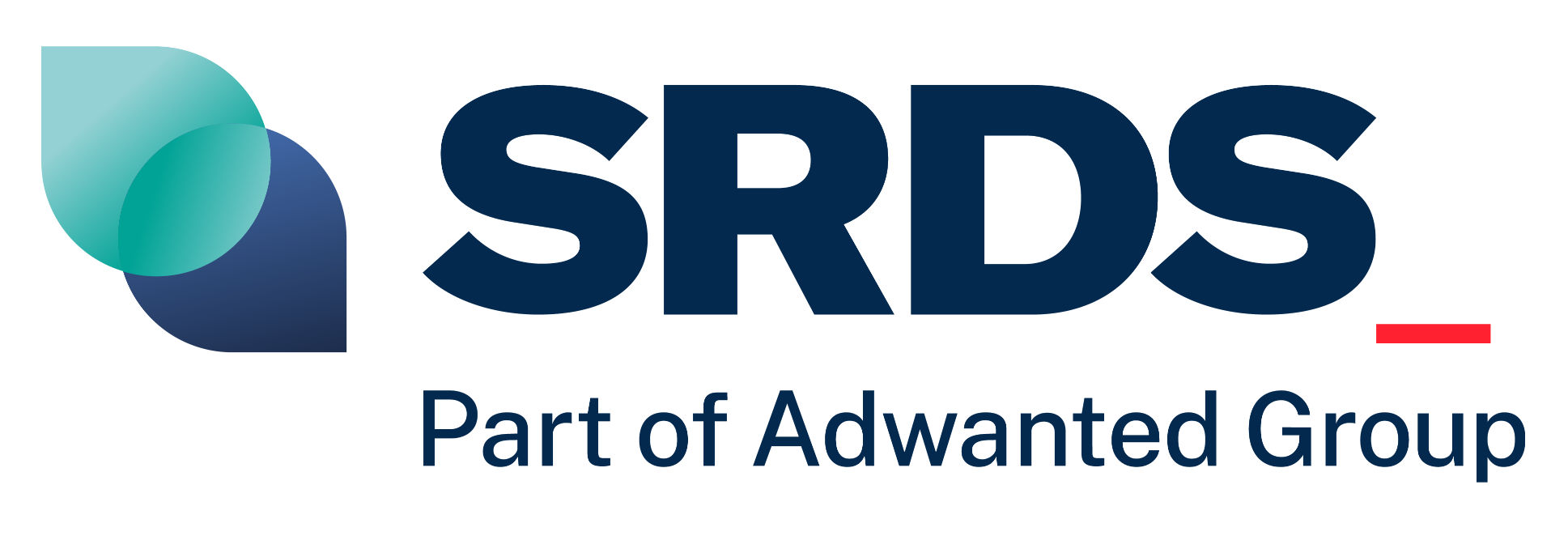Sales Intelligence
The Art of Sales Forecasting
What is Sales Forecasting?
Ultimately, the art of sales forecasting is about balancing data-driven analysis with intuition and experience. It requires a deep understanding of your market, customers, and business operations as well as a willingness to adapt and iterate as needed. The best sales forecasts do this with a high degree of accuracy. Sales Intelligence Managers can analyze historical data by reviewing past sales data to understand sales patterns, seasonality, and trends. Identify market trends for any changes that may impact sales, such as changes in consumer behavior, new competitors or shifts in demand. Conduct market research to help identify emerging trends and changes in customer behavior. Use forecasting models: Utilize statistical models, such as time-series analysis, regression analysis or neural networks to help predict future sales. These models can consider various factors such as past sales data, seasonality, and market trends. Be prepared to continuously monitor and adjust your forecast as needed based on new data or changes in the market.
Sales Intelligence Tools: A Comparison of Popular Options and Their Unique Features:
The main objective of sales intelligence is to provide a comprehensive understanding of your existing and potential clients. Gathering more information about a company helps in effectively presenting your products or services by comprehending their requirements and issues.
Some of the more popular sales intelligence tool options are:
- ClaritySoft key features: .csv, .xls, mobile accessible, analytics, email marketing and integration
- Creatio key features: .csv, .txt, .xls, mobile accessible, analytics, email marketing and integration, and multi-channel support.
- SalesForce key features: .csv, mobile accessible, analytics, email marketing and integration, and multi-channel support.
- Keap key features: .csv, mobile accessible, analytics, email marketing and integration, and multi-channel support.
- HubSpot key features: .csv, .xls, mobile accessible, analytics, email marketing and integration, and multi-channel support.
- Zoho key features: .csv, mobile accessible, analytics, email marketing and integration, and multi-channel support.
- SugarCrm key features: .csv, mobile accessible, analytics, email marketing and integration, and multi-channel support.
- Oracle key features: .csv, mobile accessible, analytics, email marketing and integration, and multi-channel support.
- Sage key features: .csv, .txt, .xls, mobile accessible, email marketing and integration, and multi-channel support.
- Workbooks.com key features: .csv, mobile accessible, analytics, email marketing and integration, and multi-channel support.
Tool information from business-software.com
The True Cost of Inaccurate Data: How Data Errors Can Hurt Your Bottom Line:
While accurate data can be costly to collect and analyze, the benefits can far outweigh the costs. Accurate data can help businesses make informed decisions, optimize operations, and identify new opportunities for growth.
Poor data quality and dirty data comes at a cost, it can and does hamper sales efforts, and impede customer relations. Businesses have always relied on data. The past several years have been marked by advancements in the technology that drives their analysis. Plus, there’s been an ever-rising volume of collected information.
Inaccurate data is a prevalent issue in many organizations, which can result in significant costs. The absence of precise data can hinder the ability of your business to make informed decisions, leading to mistakes and missed opportunities. It is imperative to ensure that the data utilized by your organization is reliable and accurate to facilitate sound business decisions.
Data Accuracy and Customer Satisfaction: The Connection Between Clean Data and Happy Customers:
Ensuring customer satisfaction is crucial for any organization. Customers demand nothing but the best quality. Providing high-quality products or services not only increases customer satisfaction, but also enhances the likelihood of maintaining long-term partnerships. In today’s business world, clean and accurate data is essential. Both B2B and B2C companies heavily rely on customer contact data to deliver the right marketing message to the target audience at the right time. This gives them a competitive advantage in their respective markets.







Stay In Touch